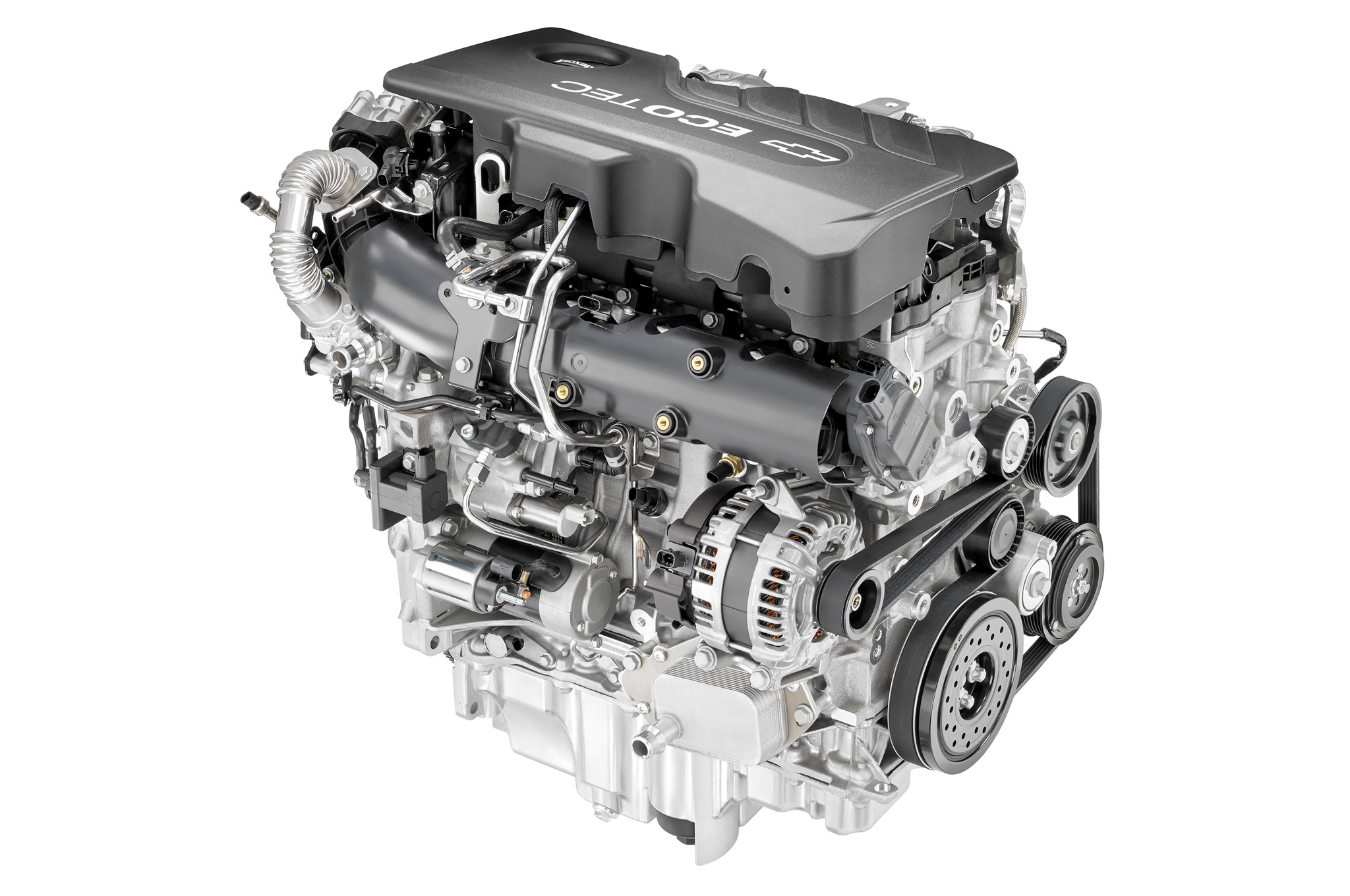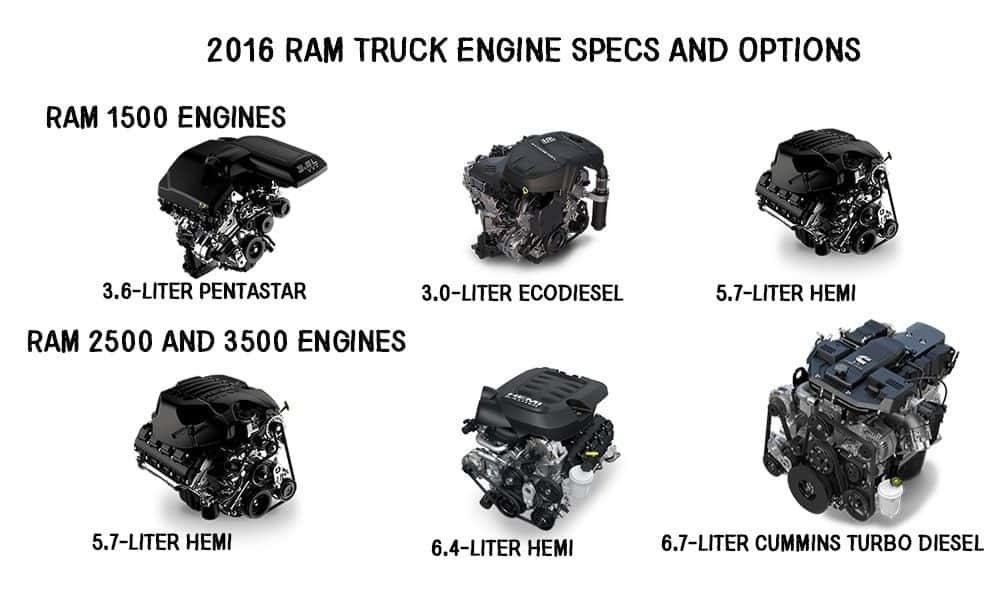Low battery
Battery level is below 20%. Connect charger soon.
· this guide explores 1. 6-liter and 2. 0-liter engines based on performance, efficiency, and other factors. In this article, we will delve into the world of car engine … · i often hear from my friends and read on the net that bigger engines give less mileage. Discover which engine size best suits your driving needs. So if a larger engine needs more air (more swept volume) per cycle then yes it will require more fuel. Engine size (in litres or ccs) is a measure of the cumulative space inside a motor’s cylinders, where the mixture of air and fuel is ignited to produce the energy required to turn the car’s wheels. · with regular driving the air/fuel ratio is kept constant at 14. 7:1. You may have heard of cars being described as having a 1. 2l, 1. 4l, 1. 6l, or even larger engine, but what does this actually mean? · engine size can have a big impact on the performance and fuel economy of an engine, and that’s for one main reason. Discover how size correlates with emissions, technology, and consumer preferences in vehicles. · explore the impact of engine size on efficiency and fuel consumption. · technical data sheets always show that a particular car with a smaller engine variant will have a better fuel economy. But in real world practice, you might end up accelerating and … · one of the primary advantages of the 1. 6 l 4-cylinder engine is its fuel efficiency. Smaller engines generally consume less fuel, making them an attractive option for budget … For example a 2 litre engine would give less mileage than an 1. 5l engine. So the question … · explore the effects of engine size on efficiency, uncovering how it influences performance, fuel consumption, and environmental impact in modern vehicles. With a larger engine size, there’s more space for air and …




